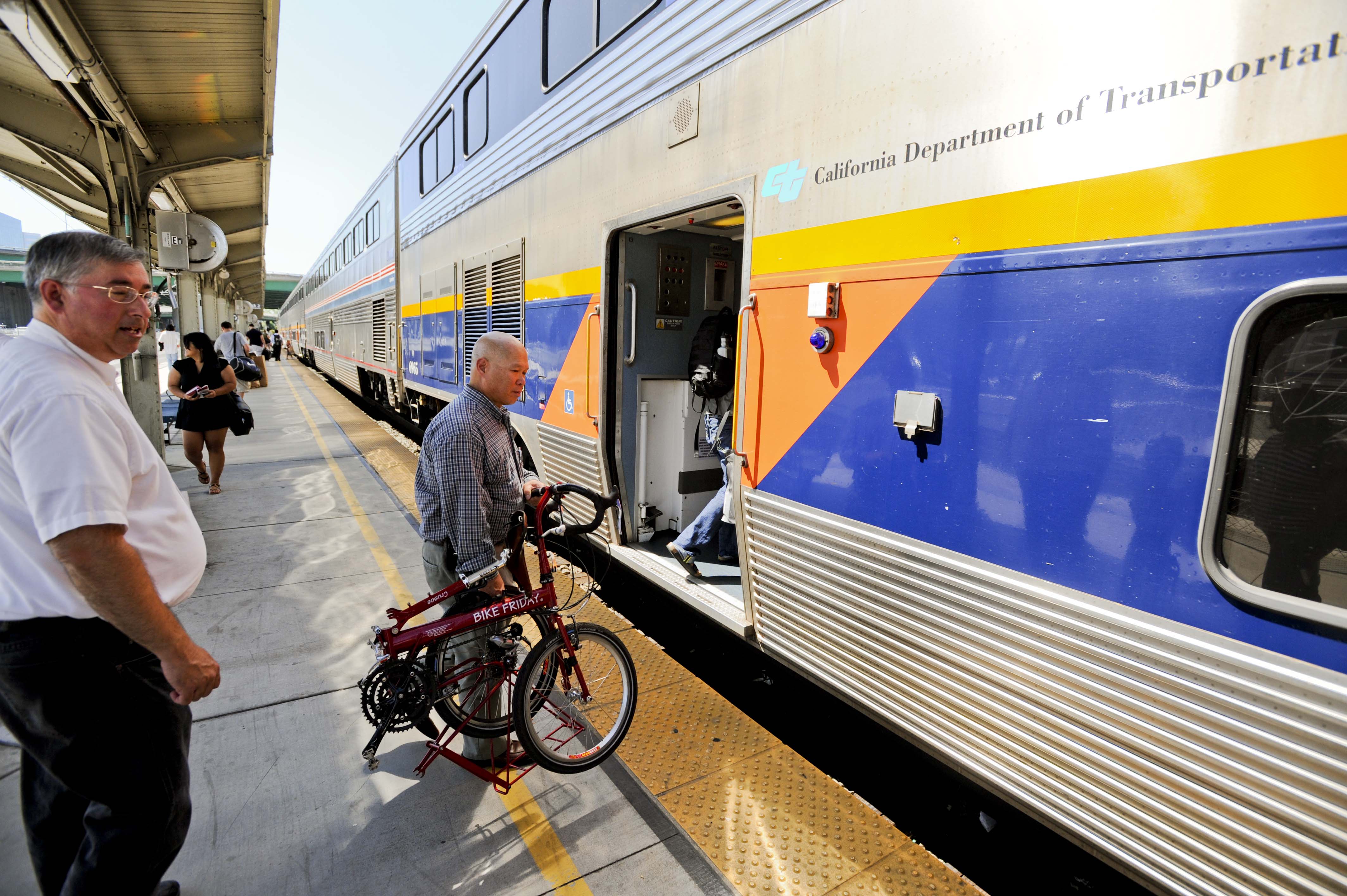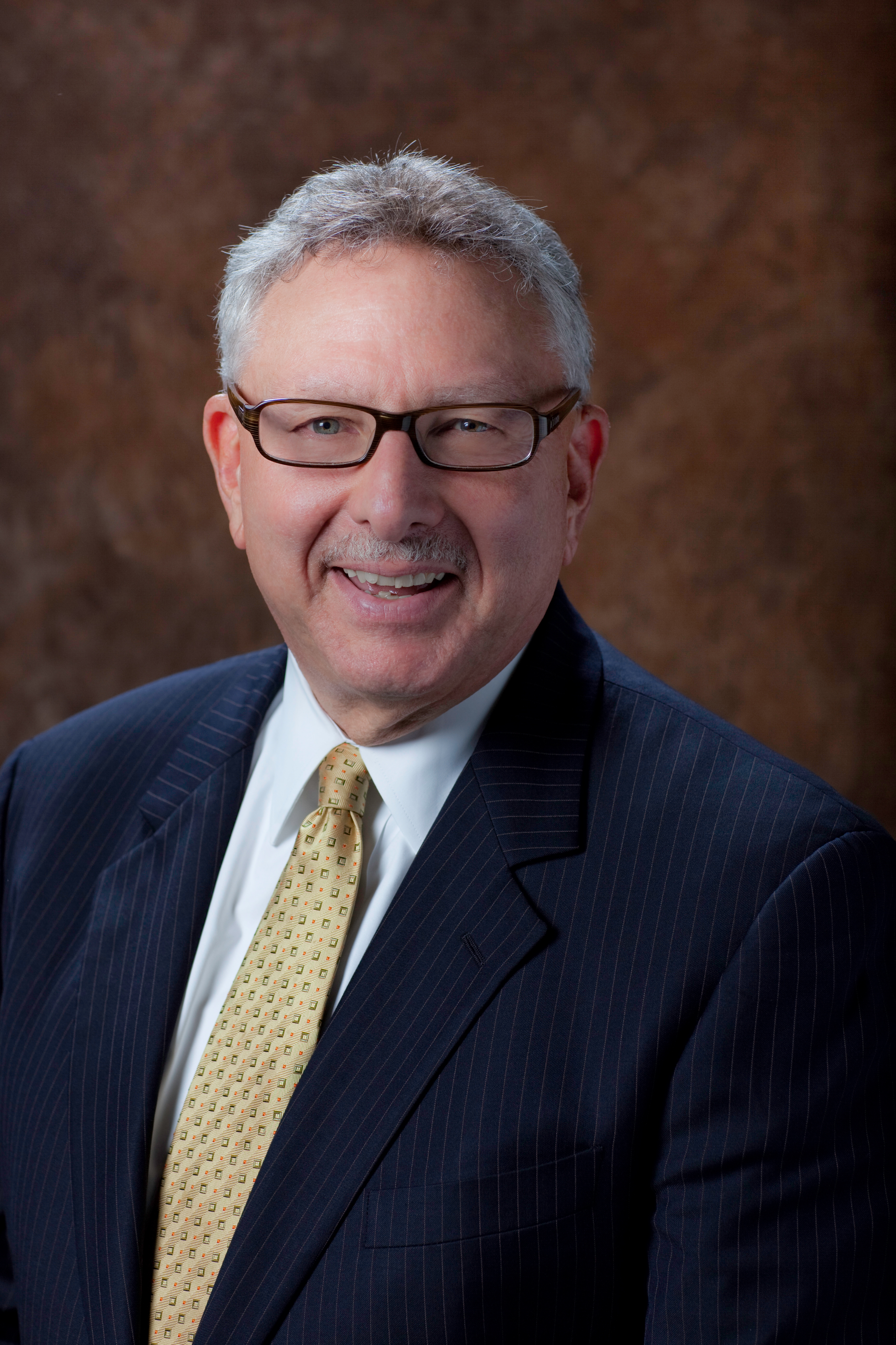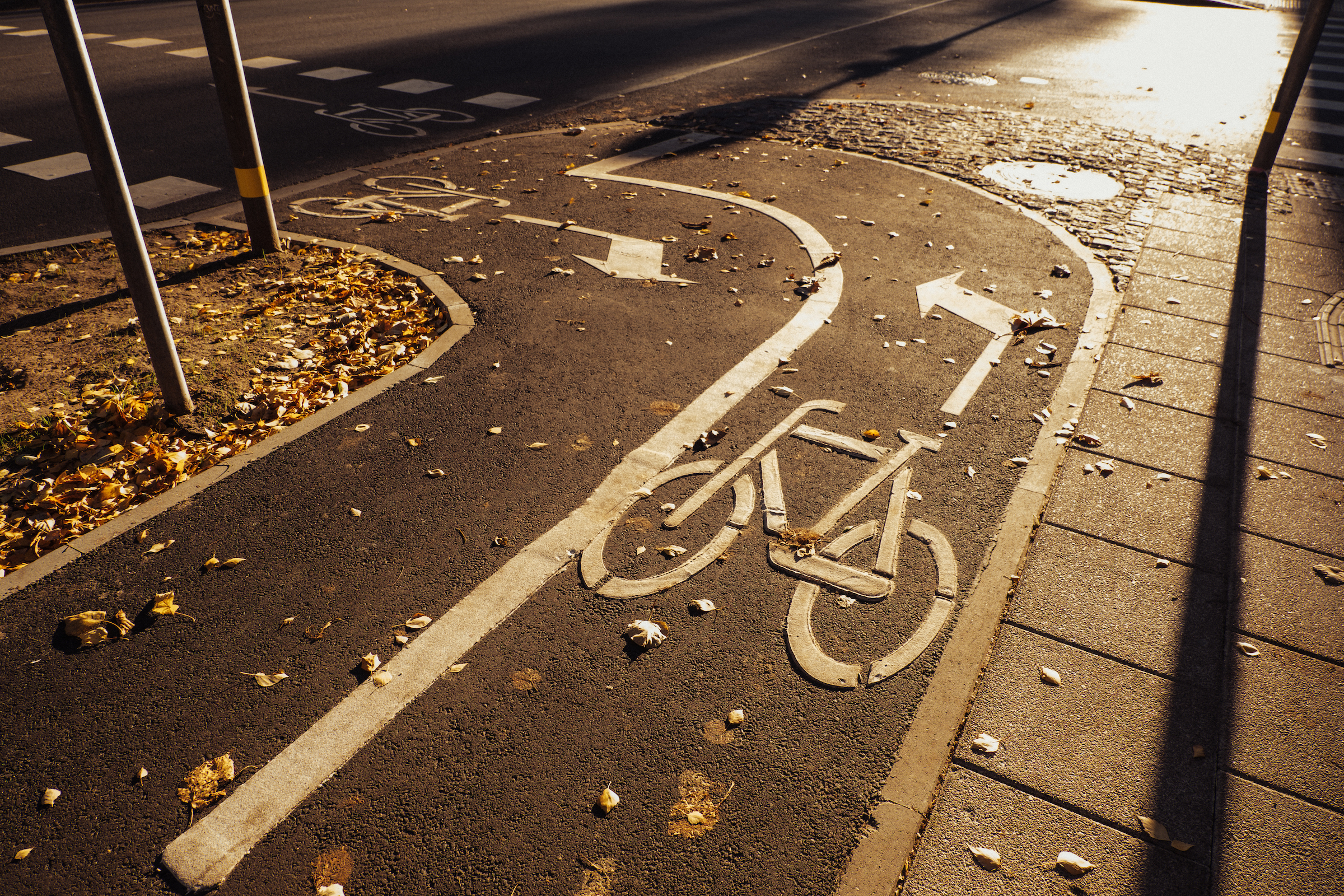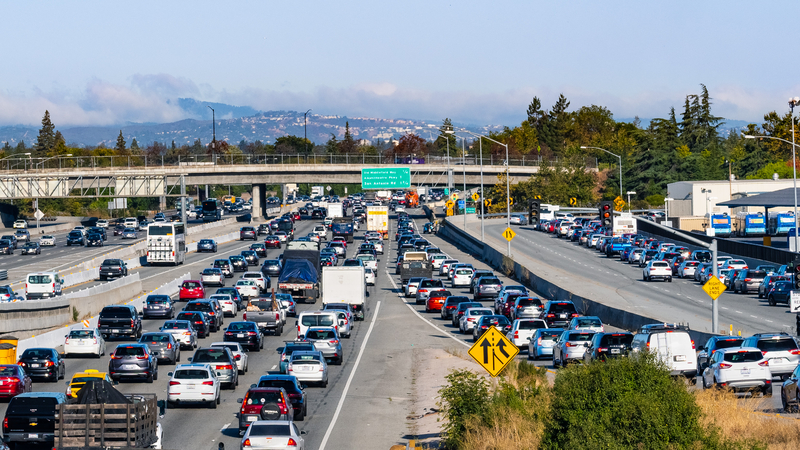
Caltrans’ Malcolm Dougherty took time out of his schedule at ITS America 2016 in San Jose to talk to ITS International about current and future challenges.
As director of
He says much of it is out of necessity: “We can’t wait for others to figure out solutions to some of our bigger problems, be that traffic congestion and freight movements or seismic design so bridges withstand earthquakes. While you compare notes as much as possible, not everybody has these challenges.”
Caltrans is an $11billion organisation operating some 80,500 lane kilometres (50,000 lane miles) of highway as well as running three of America’s five busiest rail services. And while it does not directly control any transit agencies (there are 30 in the Bay Area alone), by managing the federal funds and state dollars going to transit agencies, Caltrans has the opportunity to set transit priorities.
Not surprisingly most of Caltran’s 20,000 employees’ time is devoted to looking after the state’s ageing transport infrastructure including emergencies and safety projects, maintaining bridges and keeping the pavement in good condition. But in common with all other authorities, the money just runs out somewhere along the line. “We are as efficient with our tax dollars as possible but there is just not enough money to keep those assets in the condition we need from a cost effective management perspective.”
This highlights the growing shortcomings of the fuel tax. “We are facing a situation where vehicle miles travelled is increasing while fuel consumption is decreasing. That’s not a bad thing unless you are depending on the tax from fuel purchases to fund maintenance of your transportation system,” says Dougherty.
He keeps a close eye on the average fuel efficiency of new vehicle sales which showed that as petrol (gas) went to $4.50 per gallon, people were buying more fuel efficient vehicles. When the cost dropped to $2 per gallon the average fuel efficiency of new vehicles sold started going down again. “It is so dependent on the price of gas. People just don’t think about fuel efficiency when fuel is $2 per gallon,” Dougherty observes.
The US has introduced new standards requiring an increase in average fuel efficiency from around the current 24.5mpg mark to 53.5mpg by 2025; good for the environment but effectively the end of the gas tax. Against that background California recently started a nine-month pilot of a vehicle miles travelled (VMT) fee with 5,000 volunteers across the state using multiple technologies including GPS, odometer counting and in-built telematics.
While policy decisions will be made after that trial Dougherty points out that the difficulty will come in setting the cost per mile. This cannot be a simple calculation using the average consumption and annual mileage. If it was, he points out that the driver of a hybrid achieving 50 miles per gallon (mpg) would have to pay more in mileage tax than under the fuel tax while the driver of an F350 pick-up doing that same journey at 10mpg would pay less in VMT fees than they would have with the fuel tax.
Furthermore, this only reflects the fuel-efficiency of an individual’s car and not what time that journey was made and whether it was in an urban or rural setting.
A second policy decision will be whether it is reasonable because of environmental considerations and wear and tear on the roadway to charge the pick-up driver more per mile than the driver of a hybrid.
The desirability and effectiveness of knowing where and when those miles were travelled will also be part of those deliberations and may ultimately impact the choice of technology - but Dougherty stresses that this is a separate policy decision. If technology giving time and place of a journey is adopted, drivers may get the choice to pay a slightly higher VMT fee to use an unqualified miles travelled model.
When the trial has been completed there will be a whole raft of factual information for the legislature, which will have to decide the appropriate course of action.
Dougherty says it is very easy to be wholly consumed with today’s problems and he has to make a conscious effort to think about strategic planning for the next 10 or 20 years. In the past the answer to almost every problem was to add capacity to freeways but he says that will not be the solution going forward. This will centre on new technology and new solutions and Caltrans has moved from what he describes as the ‘building’ phase to the ‘system operation and efficiency’ mode.
California, in common with many other parts of the US, is trying to combat a tide of car use which is difficult as many cities are set out in a grid pattern that is not as favourable for mass transit as a radial layout. But there is a growing realisation that tomorrow’s problems cannot be overcome using single occupancy vehicle solutions. “At some point we will have 50 million people here and we won’t be able to move those people in single occupancy vehicles – we are barely moving 38 million successfully.”
This has prompted something of a corporate mind-shift at Caltrans along with a growing appreciation of the value of multi-modal transport coupled with the ever-present need to invest public money in a sustainable way.
Dougherty: “If we build the transportation system for the next 25 years and it is not driving a positive economy, or we can’t afford to maintain it, that’s not sustainable. Or if it is harming the environment more than it is today, that’s not sustainable either. So we are looking at a sustainability approach going forward and are very focussed on greenhouse gas reductions: cleaner vehicles, more efficient transport systems, mode shift, bikes and walking.”
In line with this new thinking, California is investing more than ever in public transit. And for the first time its strategic plan includes performance metrics for transit, bicycles and pedestrians - transit ridership and walking are set to double while cycling will experience a three-fold increase.
“There will be opportunities for high-occupancy vehicles and better land use decisions with close proximity to services, employment and recreational facilities so people don’t need to drive as often or as far,” he says.
He also highlights the need to make the transit system work better and if those options are made to be equal to or better than a commute in a single occupancy vehicle then Dougherty believes the plan will be a success.
The situation is similar for goods movement as California has three major ports. Currently two thirds of the cargo leaving the Port of Long Beach goes by truck with one third on rail – a situation the port authority would like to reverse. This would have a positive influence on safety, congestion and the environment with implications for wear and tear on the transport infrastructure.
“What is a better way to move those people and those goods? A lot of that demand has to do with land use,” says Dougherty.
“And how that looks in 25 years is heavily dependent on where you develop. You have to question what land use decisions will benefit a better transportation system and will local residents and workers agree?”
If single occupancy vehicles are not the answer then authorities have to consider what transit is available, are there high occupancy vehicle lanes, should buses be given preference at the lights and what infrastructure is needed? Dougherty’s view is that with good land use it is possible to maximise the proximity between housing and work, services and amenities so more trips will be made by walking or biking.
Housing development
The proximity of housing development to rail stations and the parking requirements included in the planning permission is another area of interest. Traditionally a proposal to build 100 apartments away from the transit line would mean providing 100 parking spaces and a request to the developer to improve the local roads to take that additional traffic. The new thinking is that if there is a bus route within four blocks, the authority should consider asking the developer to contribute to expanding that route to the new apartments. This would also benefit developers who would then only need to provide, say, 60 parking spaces, allowing them to build some additional apartments so they may be persuaded to install a bike share facility and even contribute to a rail line extension.Where there is a rail station nearby, maybe only 50 parking spaces would be needed for 100 apartments but Dougherty is quick to point out that this won’t work with sprawl.
Indeed it was the availability and cost of parking that persuaded Dougherty to travel from his hotel to the San Jose Convention Centre by walking two blocks to the rail line rather than driving the 6.5km (four miles) into town. This cost two Dollars, removed any concern about parking and as both Uber and Lyft are active in the area, leaving the convention centre in the late evening would not be a concern. In essence he says travel is all about options.
Not surprisingly Caltrans is currently investigating the effects of driverless vehicles – but in regards to whether they will increase or decrease the number of vehicle miles travelled. Currently this is a big unknown which poses a particular problem as Caltrans has to compile a report about transport 25 years from now without knowing the potential impact of autonomous and connected vehicles.
That’s not to say Caltrans is not considering the needs of autonomous and connected vehicles and Dougherty has had conversations with Google and Tesla which are driving more than 100,000 autonomous miles every day in California. The upshot is that they are finding the delineation is not sufficient, meaning the vehicles have to cede control back to the driver.
As human drivers will be around for decades, Caltrans is not planning painting new lines to delineate 3m (10ft) wide lanes on the highways although Dougherty believes autonomous buses hold a lot of promise. He cites Berkley where autonomous buses run a pre-set route using dedicated lanes – albeit with a well-trained driver in the driving seat. The autonomous buses can park very close together in the bus garage and reliably pass through narrow toll booths at service speed instead of needing to slow to 24km/h (15mph).
He expects truck platooning could be first real venture into autonomous vehicles although the interaction with other road users remains an unanswered question. There are already dedicated truck lanes in some states and California, Arizona, New Mexico, Texas and Florida have recently signed an agreement to upgrade the I-10 corridor to improve freight movement.
This will include sharing credentialing information for trucks and drivers as well as permitting information for oversize and overweight trucks across state lines. Truck parking information will be made more readily available and the corridor will be used to demonstrate truck platooning.
In his opinion platooning will be limited to two trucks – mainly because of the interaction with cars at on and off ramps where a platoon of three or four trucks could be intimidating. But that is a call to action because policy decisions have to be made and regulations changed to allow piloting the technology before such questions can be answered.
In regards to driver information, he sees authorities’ control rooms remaining the source of much of the road traffic data with the private sector processing and packaging that data for distribution to drivers. “We have a lot of data the taxpayers have already paid to collect in order to improve mobility, so it is in everybody’s best interest to share that data.”
That will leave the likes of
While forecasting a big increase in multi-modal travel, Dougherty expects the car to remain a major form of transport and insists that it is not right to let traffic problems persist in order that people take the train. Only when alternative modes of transport become a comparable or better option does he expect people to start switching.
He foresees a time when the car will know that if it is started at 6.30am the driver is going to work and if the traffic is bad it will say ‘a train is leaving in 10 minutes and will get you there quicker’.
Only then does he believe transportation will be inherently smart and multi-modal.











